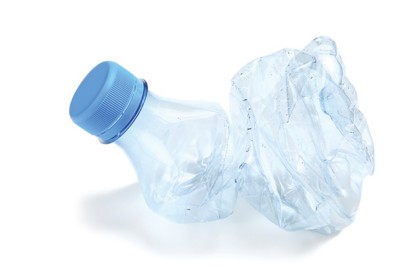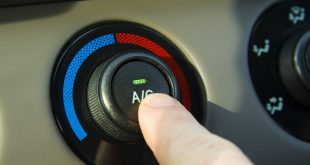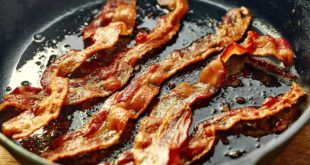
Now that I have your attention with this headline, I’d like to apologise for the fact that there are no “good” plastics – after all, how could I endorse a material that ends up in landfill and our waterways, and contributes to the ever-growing garbage patch in the Pacific Ocean (much of which includes recycled plastics) and the feminisation of marine life?
Plastics have become so ubiquitous in society – in clothes, building materials, food packaging, toys – that our kids probably think they’re part of the natural world.
The adverse health effects of plastics became well known in 1987, when two cell biologists at a US university were researching the link between the hormone oestrogen and breast cancer, and noticed breast cancer cells growing in their test tubes before they’d even started the experiment. They discovered that a hormone-disrupting chemical in the plastic test tube had caused the breast cancer cells to multiply.
These oestrogen-mimicing chemicals are the biggest concern in household plastics, particularly polyvinyl chloride, polystyrene and polycarbonate. You can recognise these forms by their resin identification code, the number in the triangle on plastic products.
How to break the habit
A healthy diet is one that contains the least amount of packaged food. However, food storage can also result in plastic contamination, so here’s how to avoid it at home.
Don’t freeze or heat foods in plastic because the hotter or colder it becomes, the more likely it is to leach its chemicals. Instead, store food,beverages and leftovers in freezer-proof glass, food-grade stainless-steel or lead-free ceramics. Glass containers fitted with plastic lids are fine as long as the plastic doesn’t make contact with the food.
Avoid plastic trays such as those used to package raw meat as they can be made of polystyrene. Instead ask your butcher to wrap the meat in plain paper. Most food tins are lined with the plastic chemical bisphenol A (BPA), so buy pantry goods such as tomato purée in glass containers.
Rather than contributing to more environmental waste by throwing existing plastics away, use them to store toys, make-up, tools, dry pet food and other knick-knacks.
Know your codes
Most rigid plastics have a resin identification code (1 to 7) that explains what type of plastic they are
Use sparingly:
(1) PET or Polyethylene terephthalate
(2) HDPE or high density polyethylene
(4) LDPE or low density polyethylene
(5) PP or polypropylene
Avoid:
(3) PVC or Polyvinyl chloride
(6) PS or Polystyrene
(7) All other plastics, including PC or polycarbonate and BPA-free as they can contain the hormone-disrupting chemical bisphenol S (BPS)
Source: bodyandSoul
 We are sharing information for knowledge. Presented by. SocialDiary.Net
We are sharing information for knowledge. Presented by. SocialDiary.Net



